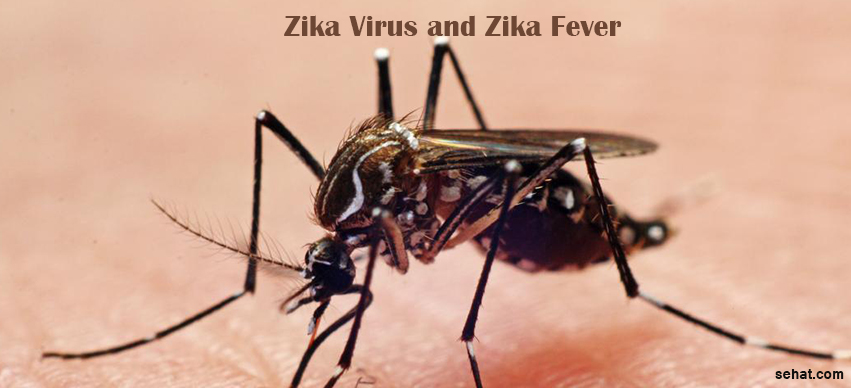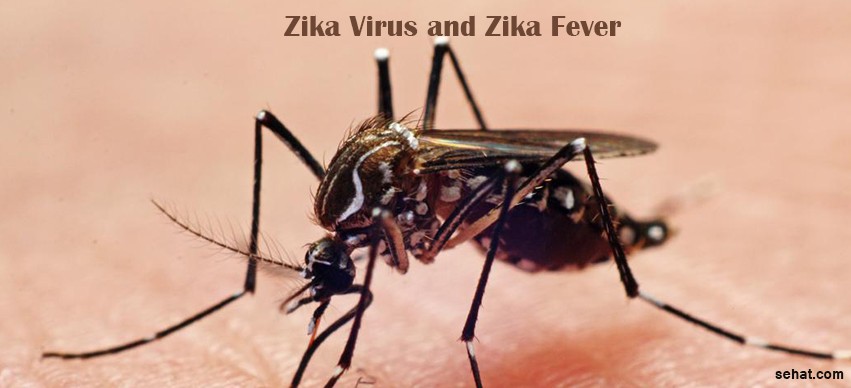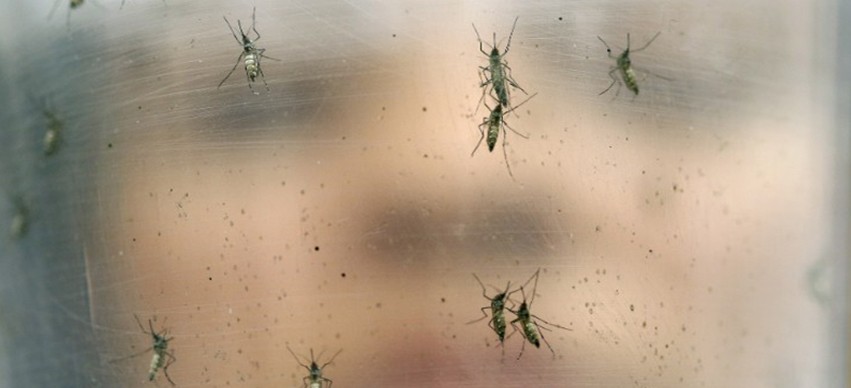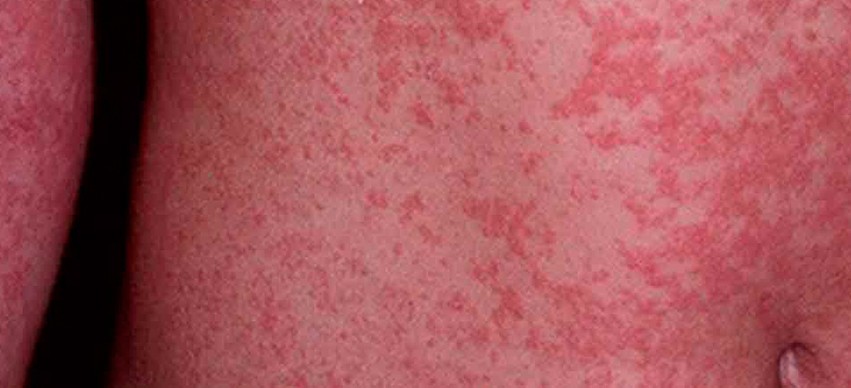Nanoparticle Therapy – An Emerging Cancer Treatment
5 Min Read


World Health Organization has already declared Zika virus infection a public health emergency. Zika virus is a mosquito born virus causing neurological birth disorder in the Americas. The governments of six American countries have advised their women population to postpone pregnancy till spread of the virus is controlled.
Zika virus originated in the Zika forests in Uganda in 1947. It was first detected in a monkey in the forest. Then it was detected in a human being in 1952. Two lineages of Zika virus have been identified till date. These are the African lineage and the Asian lineage.

Zika fever is an infectious disease. It spreads through transmission of Zika virus through Aedes aegypti mosquitoes. Aedes mosquitoes spread the virus by biting infectious persons. This deadly virus is also carried by other species of mosquito such as Aedes Africanus, Aedes Hensilli and Aedes Unilineatus. These mosquitoes are mostly active during daytime, particularly from late afternoon till evening. Zika virus spreads through perinatal transmission as well. A child may get affected from an infected mother during delivery. An infected person may transmit the virus through sexual intercourse, but chances are very less.
Zika fever is similar to yellow fever, dengue and Japanese encephalitis. The most common symptoms of Zika fever are headache, conjunctivitis (red eyes), joint pain, vomiting and rash on the skin. A majority of infected individuals do not show the signs or symptoms of Zika fever on time. In most cases, the symptoms surface within 3 to 10 days of the infection. Untimely and irregular surfacing of the symptoms is a serious concern for pregnant women since the virus may pass to the baby in the womb through amniotic fluid.

The grimmest consequence of Zika virus infection is neurological disorder among infants. Microcephaly, a neurological disorder that mostly affects the newborn, inhibits physical development of babies at the growing stage. It affects the brain development of infants in the womb itself. The affected babies are born with abnormally small heads. Evidently, Zika fever is an alarming concern.
Cases of Zika fever are mostly being reported in Brazil, Bolivia, Cape Verde, Haiti, Guatemala, Mexico, Panama, Samoa, Saint Martin, Suriname, Virgin Islands, and the U.S. Since November 2015, around 4200 cases of Zika virus infection among the newborn have been registered in Brazil. Microcephaly has caused the death of 51 babies so far.
As of now, there is no proper or reliable treatment for Zika virus infection. Infected individuals are advised to get rest and drink fluids in plenty. The problem worsens in the dehydrated state of the body; so avoid dehydration. Intake of fever medicines like paracetamol or acetaminophen is recommended. Aspirin and other non-steroidal anti-inflammatory drugs (NSAIDs) are prohibited in this case. The best protection is to avoid traveling to the countries where Zika virus infection cases have been reported. If you have to travel to a country with active Zika virus infestation for some unavoidable purpose, make sure to take protective measures to keep mosquitoes away. You can use a mosquito repellent and cover yourself in clothes including full sleeve shirts and ankle length pants. It is safe to stay in an air-conditioned room with a mosquito net.
Here is more information on Diagnostic tests to detect Zika Virus.